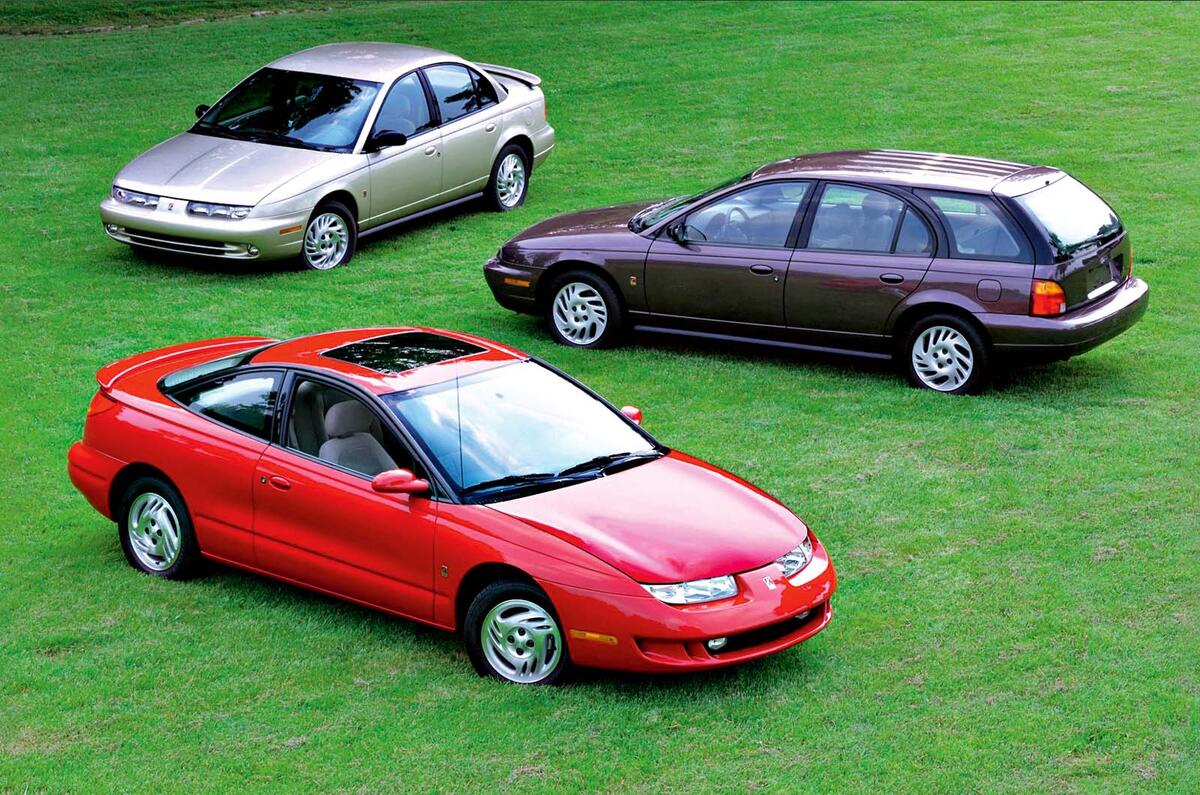"Saturn is the key to General Motors’ long-term competitiveness, survival and success as a domestic producer,” boss Roger Smith stated boldly in January 1985.
The idea for this new brand had been secretively formulated three summers prior by senior engineer Alex Mair, at a highly troublesome time for the US industry.
The name hints at the patriotic mission, being borrowed from the rockets that beat the Soviets to the moon.
American manufacturers were haemorrhaging domestic market share. Oil crises in 1973 and 1979 had massively raised fuel prices, causing consumers to abandon Detroit’s gas-guzzling barges for smaller, more efficient cars from Japan – which also turned out to be better to drive and of high quality.
GM had seen its annual US sales drop 34% in the four years up to 1982, while Chrysler’s had fallen 27% and Ford’s plummeted 47%.
Making Saturn succeed would resemble rocket science, though: previous attempts at ‘all-American import-busters’ had been, said Autocar, “ignominious engineering and sales failures” and even cars shipped over from Japan were going to have a circa- $1700 advantage over a US-made one no matter what.
Enjoy full acccess to the complete Autocar archive at themagazineshop.com
Investment of some $4.3 billion was planned to set up Saturn not merely as a new GM brand but a quasi-independent, corporation, employing 20,000 people.
This included building the biggest manufacturing facility in GM history. At 3.8 million square feet, Spring Hill in Tennessee covered most aspects of car production, to avoid cross-country shipping of parts – “as close as the US can get to the cost efficiencies of just-in-time manufacturing”.
It would implement lessons from GM’s Nummi venture with Toyota in California, regarding quality assurance and a collaborative, not confrontational relationship between labour and management.
In a similar vein, Saturn would have fewer dealers covering larger areas in order to reduce retail costs.
It had become less ambitious by the time Saturn was ready to launch in 1990 (investment about $2.8bn, jobs created 6000), but still new GM boss Lloyd Reuss believed “it can be used to improve the competitiveness of the whole organisation”.
Autocar checked back in a year after the S-series saloon and coupé models had gone on sale: “This first term has been a tough one. It started with a lukewarm reception to the cars. Then followed a painfully slow production build-up and, most recently, a safety-related recall.”






Join the debate
Add your comment
The doors on the saloon and estate in the top photo look remarkably like those on the Vauxhall/Opel Omega of teh same era. Were they shared??
Another example of how The General manages to suffocate innovation in it's sprawling,like NUMMI this was to be the corporation's attempt to reinvent itself as a leaner manufacturer.
Saturn started being quite innovative but ended up selling Opel & Daewoo products but the marque may be dead but the Spring Hill plant is very much alive now it produces three Cadillac models and rather ironically the Acura ZDX a Honda product.